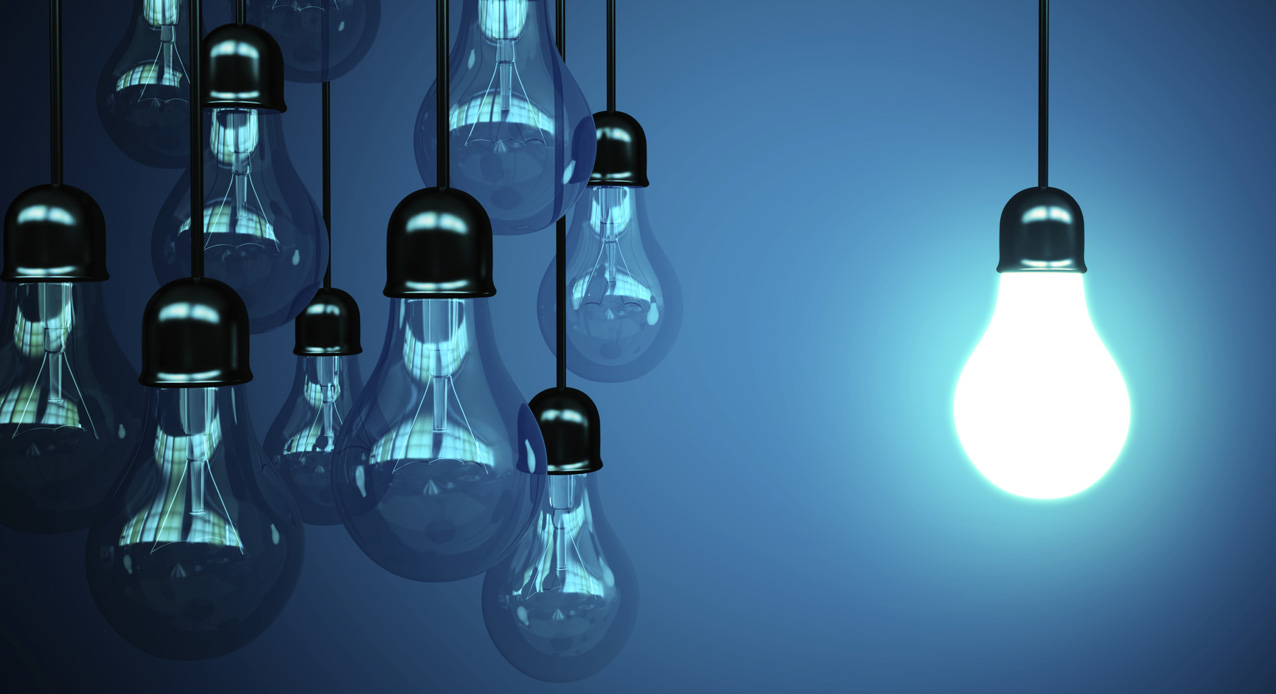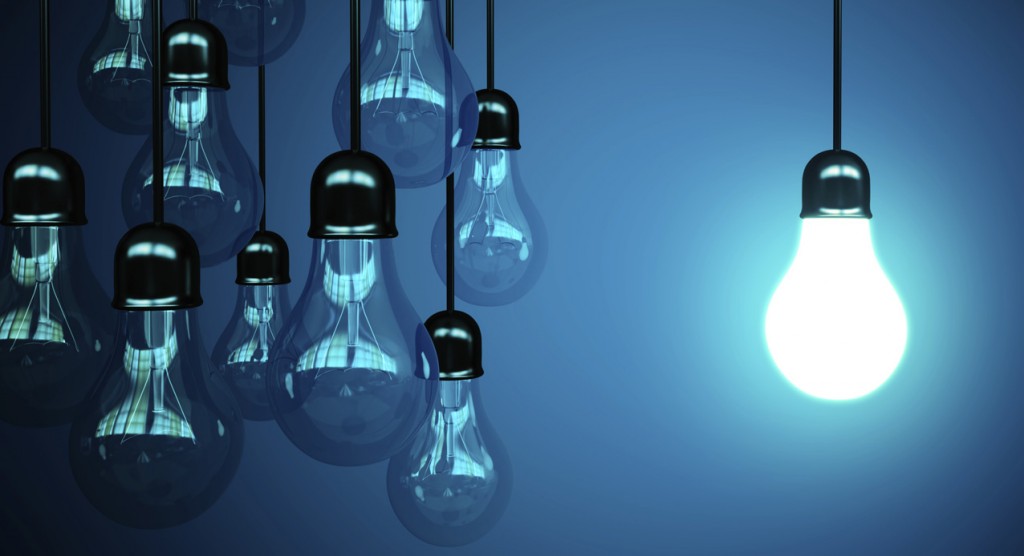If you have paid attention to the growth of green technology in recent years, you’ll no doubt have heard of LED lighting. Even if you don’t much care about how the lights work in your home or office, you might be more interested to learn that LED bulbs can bring huge benefits, including cutting now the costs.
If you use LED lighting to replace your existing incandescent or old fashioned tungsten filament bulbs, there are some pretty great savings to be had.
According to the Energy.gov website:
“LED is a highly energy efficient lighting technology, and has the potential to fundamentally change the future of lighting in the United States.”
What is LED Lighting?
LED stands for Light Emitting Diode. It’s been around for quite a long time, since the late fifties and sixties in fact, and you’ll be familiar with them on household appliances, for example, the flashing red light on your remote control. LED lights depend on a useful property that semi-conductors have. When electricity is applied, they produce photons which we see as light.
The problem with LEDs in the past was that they produced light but not a great deal. The frustrating thing for scientists was that it was a simple and cleaner technology for producing light compared to other methods. The last couple of decades saw LED bulbs come onto the market but you needed so many of them to light a room it proved unrealistic and expensive for most people.
Then, a few years back, significant breakthroughs were made and manufacturers were able to make individual bulbs that were just as good as the latest energy-efficient bulbs on the market. Turn on an LED bulb today and you’ll be pleasantly surprised by the amount and quality of light that is emitted.
So why should you be using them in preference to incandescent and the newer energy-efficient CFL bulbs on the market?
The Benefits of LED Lighting
The amount of electricity an LED light bulb uses is pretty small. Compared to an old fashioned incandescent bulb where the filament heats up and emits light, an LED saves you up to 90% on electricity consumption. They are also more efficient than CFL bulbs and have the added advantage that they don’t contain any mercury, a toxic substance which makes recycling difficult.
- In most cases, LED lighting outperforms all its competitors. A normal 40W incandescent bulb is the equivalent of a 12W CFL one, which in turn equates to a 6W LED bulb.
- If you have a dimmer for your lights, LED bulbs to work with this equally well though you may well have to replace the dimmer switch for one that is compatible.
LED lights come on straight away which is one of the problems with CFL bulbs which need to warm up before they reach full brightness. - Another big advantage of LED bulbs is that they last a lot longer. Your average CFL bulb will give you around 10,000 hours. LED delivers over five times that amount.
Problems with LED Lighting - The first thing that makes people think twice about choosing LED lights is the cost which is significantly more than a CFL, though prices are starting to come down. What you need to take into account is the greater energy saving and the longevity of LED – these two factors combined mean that over the long term they are much better valued for money.
- Another issue in the past was the kind of light that LED bulbs to emit. This tended to be a little harsh but again changes in technology mean that warmer colors are now available that are ideal for lighting any home.
How Much Do LED Bulbs Cost?
The cost of LED bulbs and comparisons with other types is a little more complicated than just the amount you pay at the local store. Let’s start with traditional incandescent bulbs. The cost of one of these is about a dollar, which is cheap. But the average lifespan is only 1,200 hours so you will need to buy 21 to light up for 25,000 hours, so in reality, over a long period, you’ll be spending $21. It will also cost you $180 on your electricity bill.
Next, there’s CFL which is around $2 each. One bulb will give you 8,000 hours of light and you’ll need around 3 to light up for a period of 25,000. That’s $6. Add in the fact that they use less electricity and you’ll only be spending $42, and you can see they are a lot cheaper overall than incandescent.
Now there’s LED if you want to spend $8 on a bulb. Sounds a lot, right? But that single bulb will last at least 25,000 hours so that you’ll only ever have to buy one for the period we’re talking about. It’ll also only cost you about $30 in electricity during that time.
So if you want to buy the most cost-effective light bulb then here’s the real comparison per fitting (over 25,000 hours use) that goes beyond the initial store price:
- Incandescent: $200
- CFL: $48
- LED: $38
The Future of LED Lighting
In the next twenty years or so most of us will switch to LED bulbs, not only because they are greener and more energy-efficient but because incandescent and CFL bulbs will be phased out by manufacturers. Many US towns and cities are also upgrading to LED lighting for streets and businesses too are embracing the technology because of the great cost savings.
For city planners, it’s a bit of a no-brainer, particularly when you consider the annual price of lighting our streets. LED can deliver significant cost reductions despite the size of the initial investment and the longevity of bulbs means long-term savings that can then release valuable funds for other community investments.
You may be reluctant to part with a significant amount of money for a single light bulb but it makes sense. Okay, CFL bulbs are pretty good when it comes to energy efficiency and we’re not suggesting you run out and replace all your lighting in one go. But when a bulb does blink out for the last time, consider replacing it with LED.
If you have to resist any questions, please contact us!

About the Author
Jen is your go-to guru for crafting a cozy, green cocoon. 🪴 Her dive into sustainable building wasn’t just about saving the planet—it started as a mission to make family movie nights eco-friendly (and to ensure the popcorn was the only thing getting heated!). With a knack for breaking down the jargon, Jen turns eco-lingo into everyday language. Swing by the Green Living blog for a mix of earth-loving advice and home improvement hacks. Whether you’re just dipping your toes into green waters or you’ve been swimming in the deep end of DIY projects, Jen’s here to guide, giggle, and remind you that every eco-choice is a step towards a planet that thanks you… and maybe even sends a rainbow your way! 🌈


